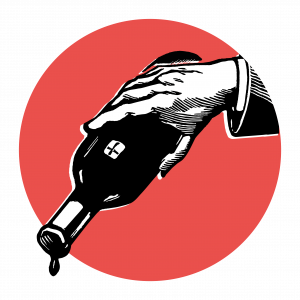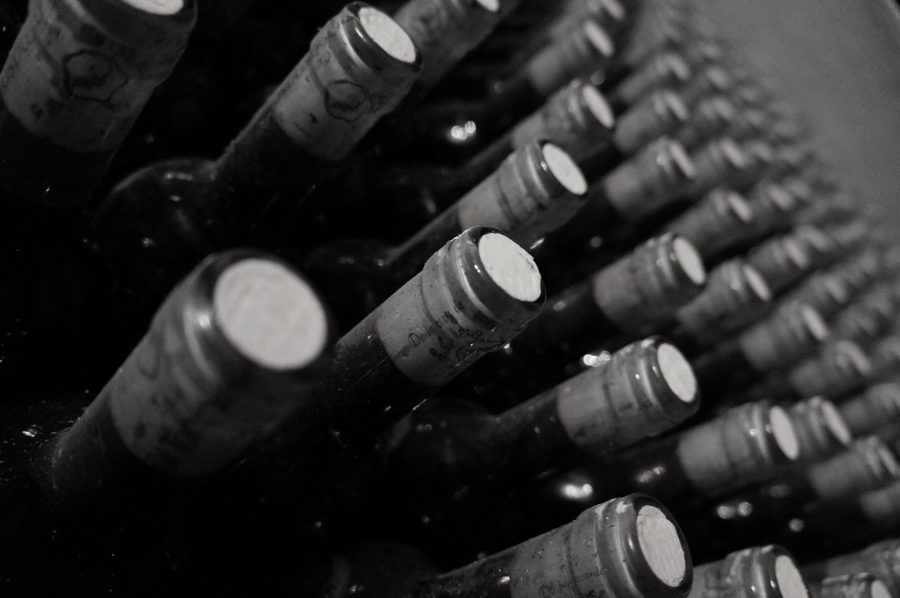With Bordeaux and Burgundy offering
The second quarter of 2019 was largely tranquil for the fine wine market, with trade bobbing along nicely but no particular surges or dips. Global stock markets enjoyed a rise after Messrs Trump and Xi found some accord over US-China trade relations, but this does not yet seem to have inspired the wine market. Wine stock levels are healthy among Asian traders, so not even a continuing depressed sterling is bringing much marginal demand from that corner – nor is it from the US. Recent political developments in Hong Kong have made traders cautious, both in Asia and Europe, and of course Brexit continues to loom. The wider wine market needs the feel-good factor to make it motor, and that appears to be in very short supply these days. With all of this in the price, any better news will surely have a positive impact.
The 2018 Bordeaux en primeur campaign came to an end with an almighty whimper. En primeur gets under the skin of the wine trade, and all involved spend far too much time talking, writing and moaning about it… even so, I shall continue! Within the wine markets it has represented very poor relative value for a decade, as prices are just too high, yet merchants dare not turn their backs on this once great provider. It used to be an excellent system for all involved, including the man on the street. But now only a very few wines ‘work’ each year, making sense for both the supply chain and the end buyer. And to compound the problem of high prices, the chateaux have decided to retain more and more of their own stock. How and when this comes to market, and at what price, will fuel debate, but based on the evidence of the mighty Chateau Latour, the market may just turn its back. The sense of stock overhang may easily outweigh the eeling of short supply, and it’s not as if the world is going to go thirsty; there will always be alternative choices.
The last but very important point regarding the ’18 vintage – a point largely ignored by the salesmen and one that bears repeating – is that while certain of these wines are very impressive, incredibly concentrated and yet well balanced, they are really, really big. Nearly all the alcohol numbers are between 14% and 15%. The poor unsuspecting punters may get quite a shock when they sit down, some time from now, to enjoy their excellent claret only to discover they have something they weren’t quite expecting in their glass.
If only our Italian friends came together with a synchronised offering, we could have a proper old-school primeur market again. All the market players would have to be involved at the same time, jostling for position and scrapping over every six-pack, and would still be able to sell at a price that would make everyone happy. The hype that the merchants used to create in Bordeaux primeur markets, from which we are all still hungover, could be regenerated. We all miss that excitement; it created fear and greed among the white-faced, panic-stricken collectors and consumers, desperate not to miss out – heady days!
As it is, Italian releases come to market in no organised way, and importers and merchants release when they feel like it. It’s all very Italian, really, but it does make buying easier.
Piedmont is easily our favourite region at present, due to the equation of growing demand versus low supply. The super-league estates remain well bid (Conterno, Giacosa, Bartolo Mascarello, Rinaldi), the next group are moving up nicely (Brovia, Roagna, Sandrone, Vietti), while a handful of lesser-known names whose prices are yet to move are becoming much more discussed (Alessandria and Vajra for example). For all these cases, the qualitative equivalents in either Bordeaux or Burgundy command prices far higher. Relatively undiscovered in the new world of wine aficionados, they offer value and upside.
Bordeaux and Burgundy remain lacklustre. There is still plenty of demand for high-end Burgundy; it’s just that the prices being achieved by sellers are well below the advertised levels.
Cyclical traders have naturally moved their focus elsewhere, and Champagne and the Rhone Valley have attracted some attention. There is no question we would recommend the brilliant 2008 vintage in Champagne, while Pol Roger’s top cuvée, Sir Winston Churchill (£800 per six), looks a good bet with the ’96 being double the price. Also, the supply is far, far less than other big names such as Cristal (£930) and Dom Perignon (£630) and is the connoisseur’s choice. Clos des Goisses (£870) also appeals, as will the yet-to-be released Krug and Comtes de Champagne (Taittinger), price depending.
The Super Tuscans meanwhile hold firm and produce steady returns on average.








